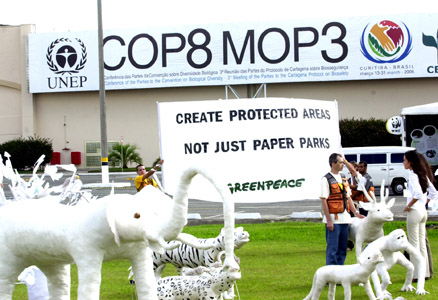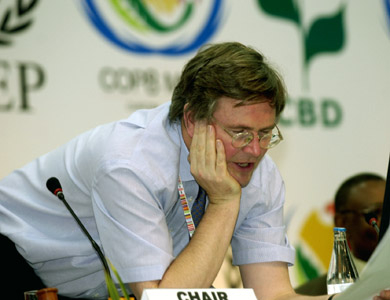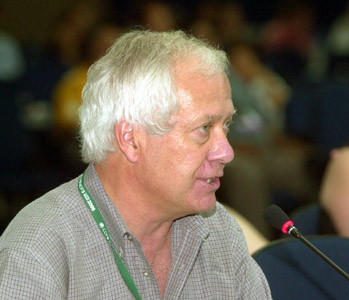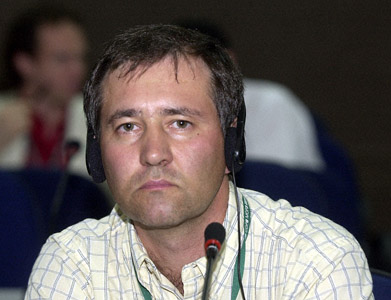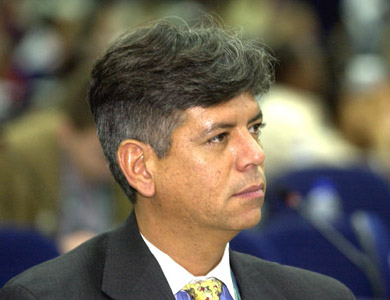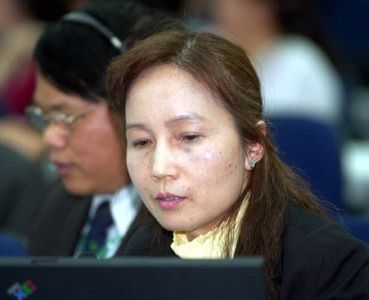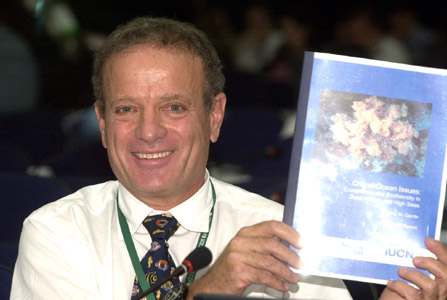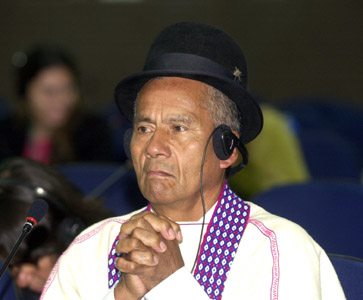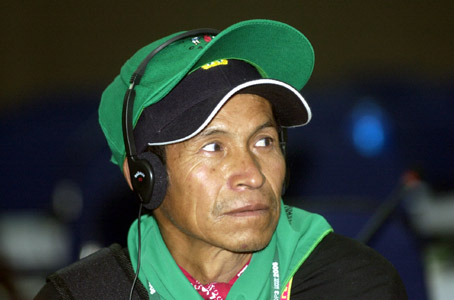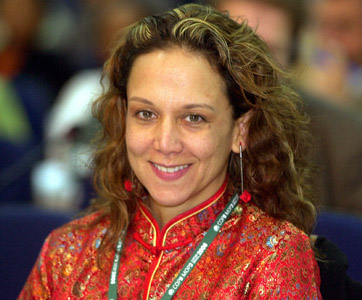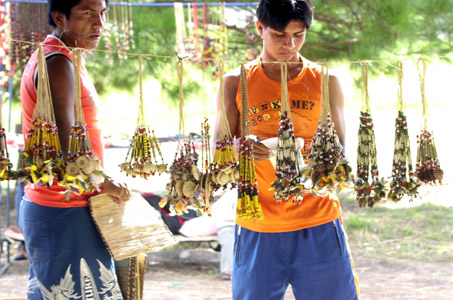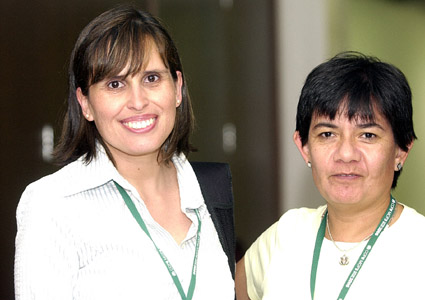WORKING
GROUP I:
|
|
||
Biodiversity for food and nutrition:
 |
 |
|||
|
The
UN FOOD AND AGRICULTURE ORGANIZATION (FAO) reported on
their cross-cutting initiative on biodiversity for food
and nutrition. |
IPGRI
prioritized research and awareness-raising on links
between diverse diets and nutrition and policies
supporting agricultural biodiversity use for better
nutrition. |
The
|
GURTs:
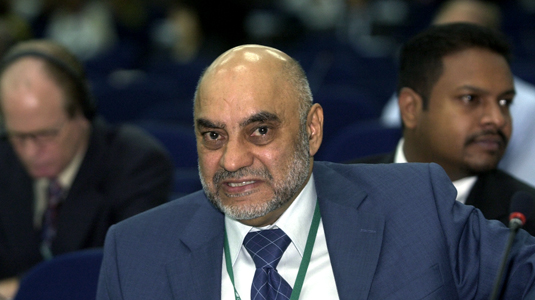 |
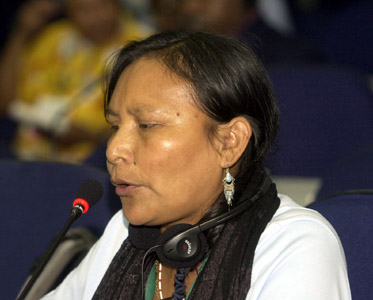 |
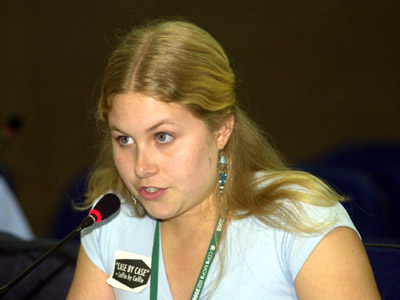 |
||
Above photo: Gurdial Singh (Malaysia) |
The
IIFB rejected case-by-case risk assessment as a
violation of human and indigenous rights, and requested
mandating the Article 8(j) Working Group to keep
reviewing the issue.
|
A
YOUTH representative refused to inherit the risks of
using GURTs and called on parties to strengthen the
current moratorium. |
| The BAN TERMINATOR CAMPAIGN
said the CBD cannot allow governments to make their
own decisions on field tests due to GURTs’ inherent
dangers to humanity and human rights implications. Above photo: Pat Mooney (ETC Group) |
The
FOUNDATION FOR PUBLIC RESEARCH AND REGULATION said a
ban on gene- switching technologies would be
detrimental to modern biotechnology and food
production, and called for risk assessment on a
case-by-case basis. Above photo: Allen Van Deynze (PRRI) |
An
INDUSTRY representative listed potential benefits of
gene-switching technologies, and noted that many of
these technologies result in seeds that can be saved. Above photo: Michael Leader (Global Industry Coalition) |
|||||||||||||||||
|
|
|||||||||||||||||||
| PROTECTED
AREAS: |
|||||||||||||||||||
| High seas MPAs: | |||||||||||||||||||
|
|||||||||||||||||||
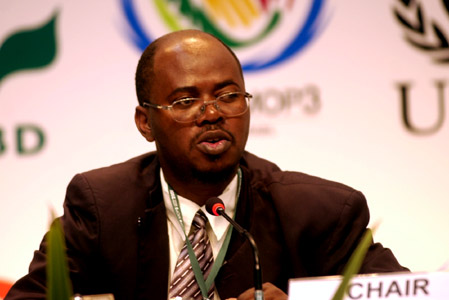 |
Above photo: WG-II Chair Sem Shikongo
EFFECTIVENESS OF CONVENTION PROCESSES:
 |
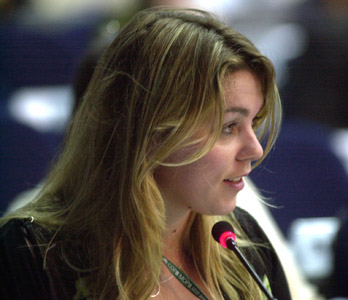 |
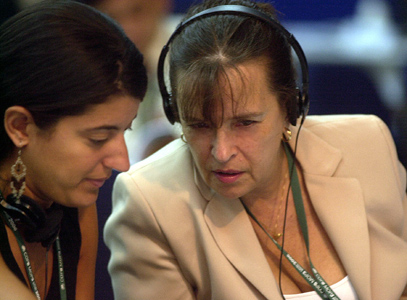 |
||
| Noting
the shift of focus from policy to implementation, the
EU, supported by many, asked to reduce the number of
intersessional meetings. Above photo: Elfriede Anna More (Austria for the EU) |
Above photo: Sarah Wynn-Williams (New Zealand) |
Above photo L-R: María Tonnelli and Victoria Lichtshein (Argentina) |
 |
||||||
Related Links |
||||||||||||
|
||||||||||||




